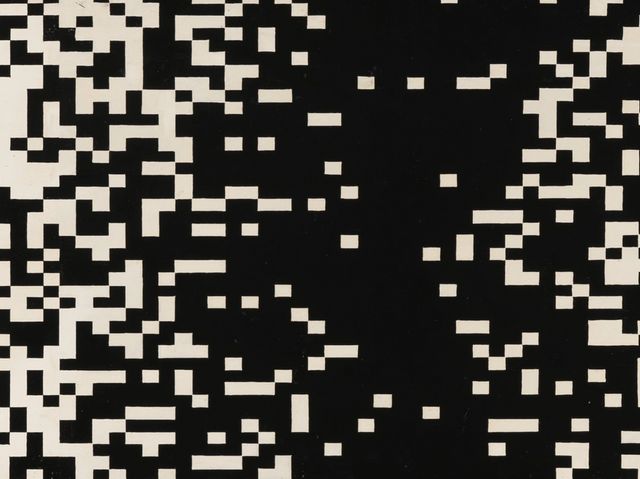(American, 1923–2015)
Visually striking yet deceptively straightforward, the geometric forms of Ellsworth Kelly distill images and objects from everyday life into bold and often colorful abstractions. Traveling to Paris on the G.I. Bill soon after World War II in the late forties, Kelly experimented with different ways to transfer the shapes and sights around him onto canvas. Deriving his forms from windows, shadows, and buildings and plants—Kelly stripped each motif of their original contexts, focusing on the fundamental relationship between color and form. At times he would shape his stretchers to emulate contours of real world or architectural elements, such as windows, for example.
While in France he met many fellow artists, including those hailing from previous generations in the Parisian avantgarde to his own contemporaries in the US, like John Cage and Merce Cunningham. When he returned to New York in the mid-fifties, Kelly embarked on even bolder compositions in which black, white, and color emerged as the sole protagonists on his canvases. These sparked a prodigious and lifelong career characterized by plays on color and scale, allusion and abstraction, chance and composition, flatness and the conception of the canvas as a picture plane. Kelly did not seek to represent the world but to capture its effect on the eye and mind, and his inventive and inviting works continue to attract the attention and appreciation of artists and audiences alike.











